What is modal analysis?
Modal analysis is a scientific technique used to understand the dynamic properties of structures and systems, specifically how they vibrate when subjected to forces. It’s like figuring out the “natural rhythms” of an object.
Each structure possesses inherent natural frequencies. When a machine’s vibration matches one of these frequencies, resonance occurs, amplifying vibrations and potentially causing structural damage.
The modal analysis serves to pinpoint these natural frequencies and their corresponding vibration patterns. Engineers aim to design systems where natural frequencies don’t align closely with excitation loads. Through iterative modal analysis, engineers adjust component structures to shift natural frequencies higher or lower. Abaqus modal analysis is a tool that helps engineers to achieve this goal. We will explain more, later; but for now, let’s learn some more basic things first.
Natural Frequency Analysis utilizes mode shapes linked to these frequencies to determine optimal support placement and assess the importance of specific vibration modes.
Here’s a breakdown of the key components of modal analysis:
- Natural Frequencies: These are the frequencies at which a system vibrates freely, without any external excitation. Each natural frequency corresponds to a mode of vibration, which represents a unique pattern of motion for the system.
- Mode Shapes: Mode shapes describe the spatial distribution of displacement amplitudes associated with each natural frequency. They illustrate how different parts of the structure move relative to each other during vibration. Imagine the different ways a guitar string can vibrate, each producing a different sound.
- Damping Ratios: Damping ratios indicate the rate at which the vibrations of a system decay over time. Damping is important because it influences the system’s response to external forces and determines whether the vibrations will persist or diminish over time.
Modal analysis example
Now, that we understand what modal analysis is, let’s see some of the modal analysis applications (modal analysis example):
Engineering: Used to design structures that are resistant to unwanted vibrations and avoid resonance (a situation where the applied force matches the natural frequency, causing excessive vibration and potential damage). This applies to buildings, bridges, vehicles, aircraft, and many other structures.
Acoustics: Helps in designing concert halls, soundproofing materials, and musical instruments to achieve desired sound qualities.
Vibration control: Used to analyze and mitigate unwanted vibrations in machines, buildings, and other systems.
What is frequency response analysis?
Frequency response analysis assesses a structure’s reaction to specific excitations like sinusoidal or random vibrations. It elucidates how the structure reacts to varying excitation frequencies and how this response changes with different excitation amplitudes. This analysis enables the evaluation of structural dynamics across various operational scenarios and facilitates design optimization to mitigate stresses and fatigue damage caused by vibrations.
Frequency response analysis is used in various engineering applications. In control systems engineering, it helps design and analyze the performance of feedback control systems, ensuring stability and desired response characteristics. In signal processing and electronics, it aids in designing filters, amplifiers, and other electronic circuits with specific frequency response characteristics. In structural dynamics, it helps understand the dynamic behavior of structures subjected to vibrations and external excitations across different frequencies.
What is the difference between modal and frequency response analyses?
Modal analysis and frequency response analysis are fundamental techniques in the realm of structural dynamics simulation and design, each serving distinct purposes and applications.
Frequency response analysis addresses the inquiry: “What is the stable reaction of a linear structure when stimulated at a singular frequency?” In contrast, modal analysis, unlike frequency response analysis, computes natural frequencies and mode shapes without considering applied loads; it doesn’t determine the structure’s response. Frequency response analysis, however, precisely calculates the structure’s response, highlighting a crucial disparity between modal and frequency response analyses.
Modal Analysis simulation
Modal analysis simulation takes the niche of modal analysis and brings it into the digital world. It’s like having a virtual wind tunnel for structures. Instead of physically testing a design, engineers can use powerful computer programs to simulate how a structure would vibrate under different conditions. This allows them to identify potential weak spots and optimize the design before anything gets built, saving time and money.
Abaqus Modal analysis and Frequency response analysis
Abaqus modal analysis and frequency response analysis are distinct analysis types, each tailored for specific applications. Modal analysis is utilized to ascertain a structure’s natural frequencies and mode shapes, which can subsequently serve as inputs for frequency response analysis. Conversely, frequency response analysis is employed to determine a structure’s reaction to a given excitation and assess its performance under various loading conditions.
Although both modal analysis and frequency response analysis are indispensable in structural dynamics simulation and design, they are not interchangeable. They offer differing insights and serve distinct purposes. Depending on the particular application, one analysis type may be more suitable than the other, or both may be necessary for a comprehensive analysis.
Modal Analysis in Abaqus:
Modal analysis in Abaqus is used to determine the natural frequencies and mode shapes of a structure. It helps engineers understand how a structure vibrates under free vibration conditions, without any external forces applied.
To perform modal analysis in Abaqus, you define the material properties, boundary conditions, and geometric properties of the structure using finite element modeling techniques.
Abaqus calculates the eigenvalues (natural frequencies) and eigenvectors (mode shapes) of the structure based on the mass, stiffness, and damping properties of the finite element model.
The results of a modal analysis can be visualized in Abaqus using mode shapes and frequency tables. Mode shapes show the spatial distribution of displacements corresponding to each natural frequency.
Modal analysis in Abaqus helps engineers identify critical frequencies, modes of vibration, and potential resonance issues in a structure, which is crucial for design optimization and structural integrity assessment.
Frequency Response Analysis in Abaqus:
Frequency response analysis in Abaqus is used to predict how a structure responds to harmonic excitation or dynamic loads across a range of frequencies.
In frequency response analysis, you define the input excitation (such as harmonic forces or displacements) and specify the frequency range of interest.
Abaqus solves the dynamic equations of motion using the specified excitation and calculates the response of the structure in terms of displacements, stresses, or other desired quantities.
The results of frequency response analysis can be visualized in Abaqus using amplitude and phase plots, which show the system’s response at different frequencies.
Engineers can use frequency response analysis in Abaqus to evaluate the dynamic performance of structures, identify resonance conditions, assess the effects of damping, and optimize designs to meet performance requirements.
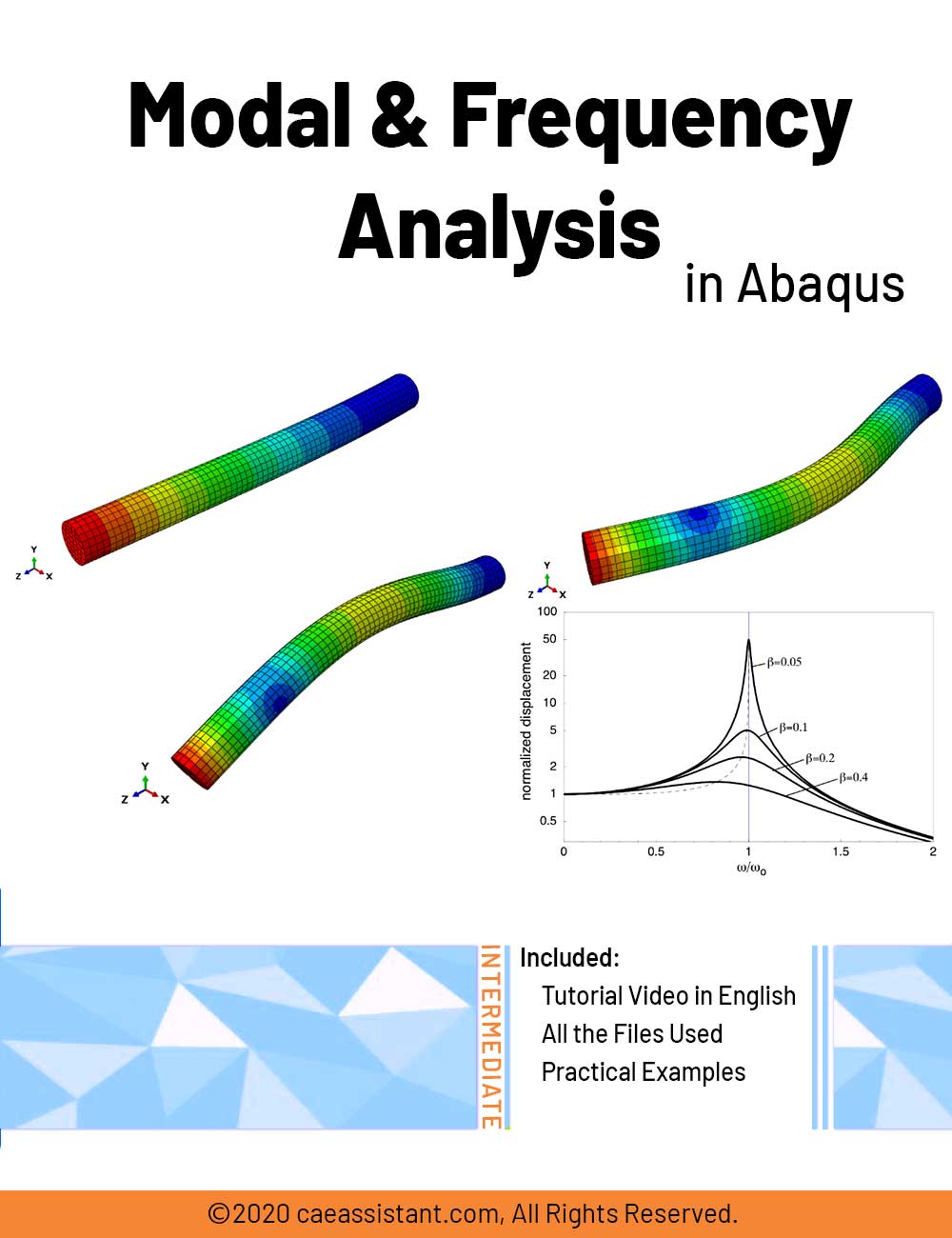

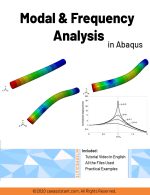



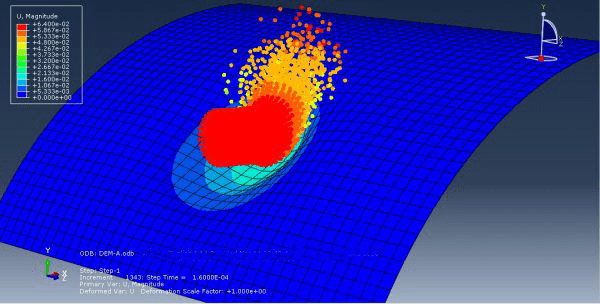

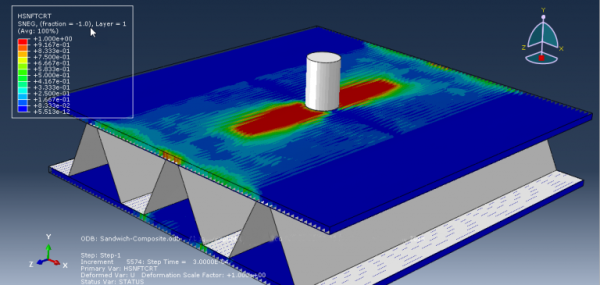

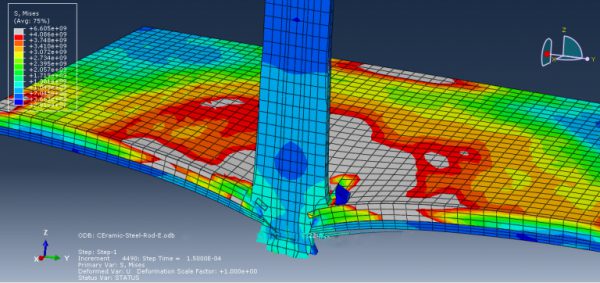
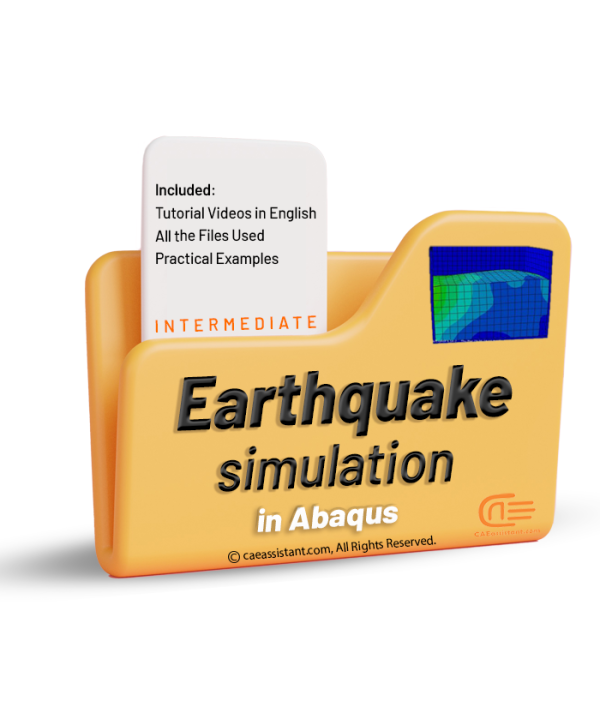



Reviews
There are no reviews yet